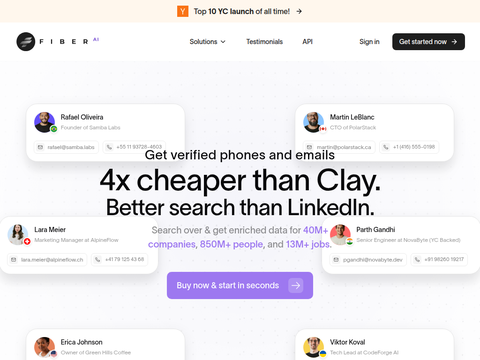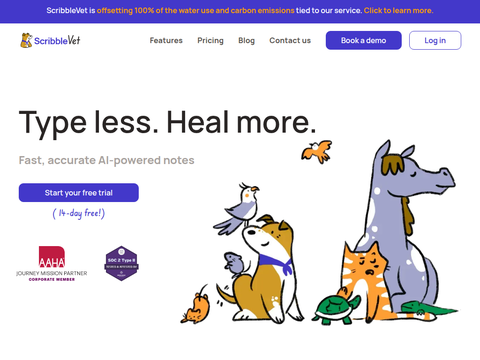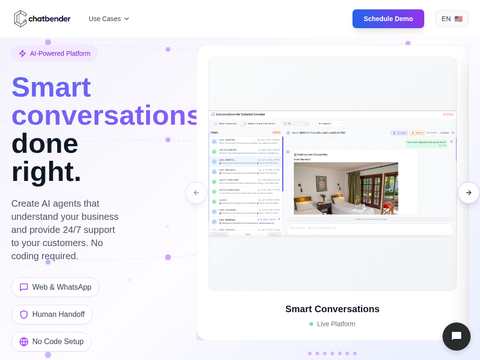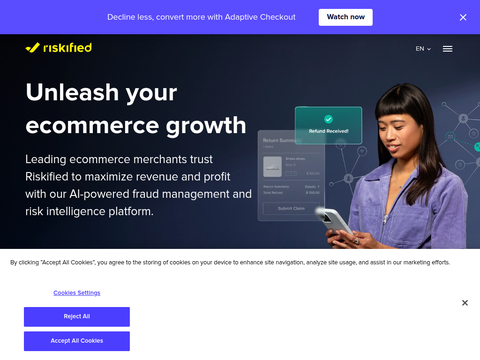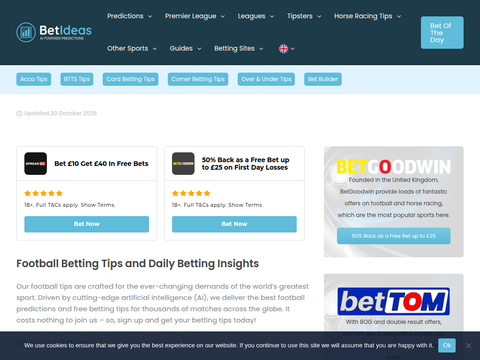Salesforce today unveiled new deep observability capabilities designed to meet the growing demand for managing and maintaining AI agents after deployment.
These features are integrated into the Agentforce 360 platform, an enterprise-grade solution that embeds agents across nearly every application offered by the company. With Agentforce 360, businesses can deploy fleets of AI agents that collaborate with humans or communicate with each other to accomplish complex tasks.
This launch marks a key step in Salesforce’s ongoing strategy to equip enterprises with the tools needed to build, deploy, and manage AI agents at scale.
“As AI adoption accelerates, the biggest challenge for enterprises won’t be building their first agent—it will be effectively managing a fleet of agents making real business decisions,” said Adam Evans, Executive Vice President and General Manager of Salesforce AI.
Salesforce emphasized that visibility into agent workflows and AI activity is becoming increasingly critical. Autonomous AI systems now operate with minimal human oversight, and more organizations are embedding them into mission-critical processes. According to the company’s latest AI Impact Report, enterprise adoption has surged by 282%.
“You can’t scale what you can’t see,” Evans added.
The new observability platform focuses on three core areas: refinement, traceability, and reliability.
At its foundation, Agentforce 360 now features a new session-tracking data model that logs every interaction—including user inputs, agent responses, reasoning steps, LLM calls, and guardrail checks. This is paired with MuleSoft Agent Fabric, a centralized capability for registering, orchestrating, managing, and observing every agent within an organization.
With deep analytics, users can monitor agent usage and effectiveness, track trends in key performance indicators, and uncover efficiency gains through insights into conversational flows. Teams can identify patterns by grouping similar requests and optimize performance by examining configuration details that may influence agent behavior or decision-making.
Large-scale health monitoring delivers near real-time metrics and continuously updates dashboards, enabling teams to detect potential issues before they impact performance or cause errors.
Bringing Observability to Customers
Early adopters of the new Agentforce 360 observability tools report deeper data access, improved governance over deployed agents, and the ability to optimize autonomous workflows by illuminating processes traditionally viewed as black boxes.
Prior to today’s announcement, Salesforce piloted these capabilities with companies including 1-800Accountant, Hotel Engine Inc., and Nexo Inc.
Hotel Engine handles over 530,000 customer inquiries annually. Demetri Salvaggio, VP of Customer Experience and Operations at the travel technology company, noted that the platform’s insights reveal not only whether a task was completed successfully but also how the AI arrived at its decisions.
“Observability is the foundation for transforming AI from a tool into a trusted, continuously improving teammate,” Salvaggio said.
Salesforce confirmed that agent analytics and optimization features are now available in the centralized Agentforce Studio dashboard within Agentforce 360. Health monitoring will become generally available in spring 2026.



